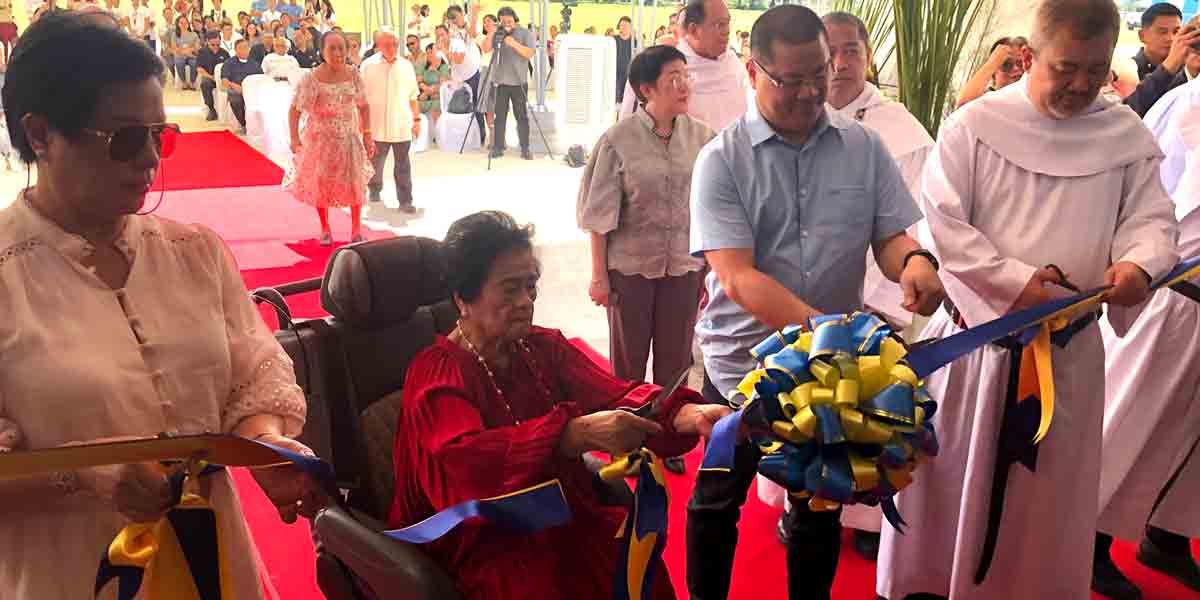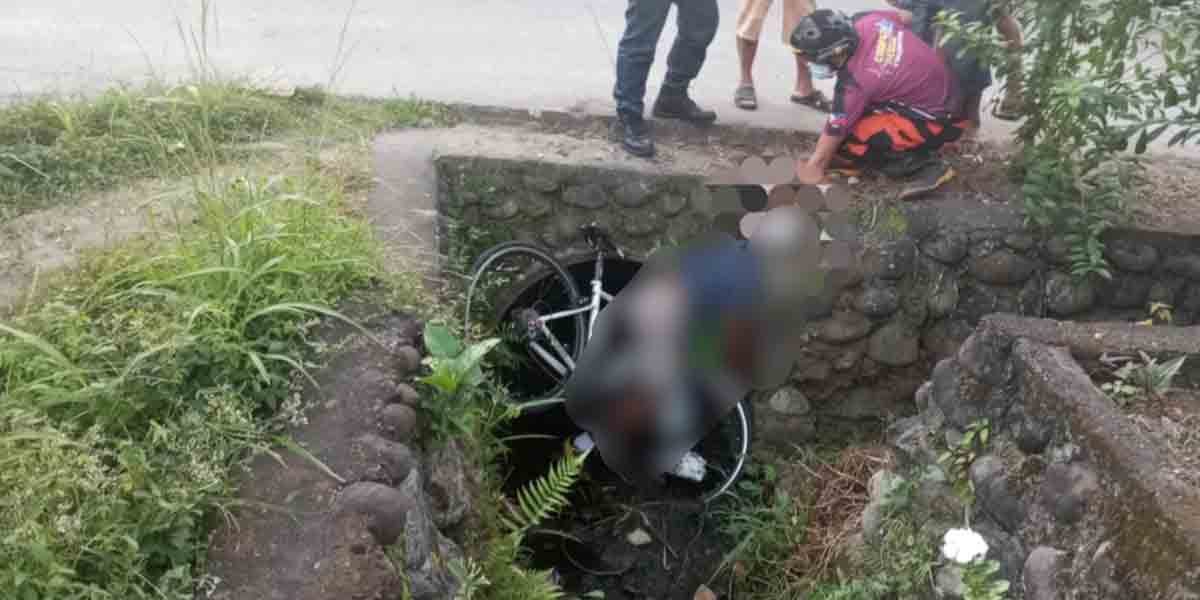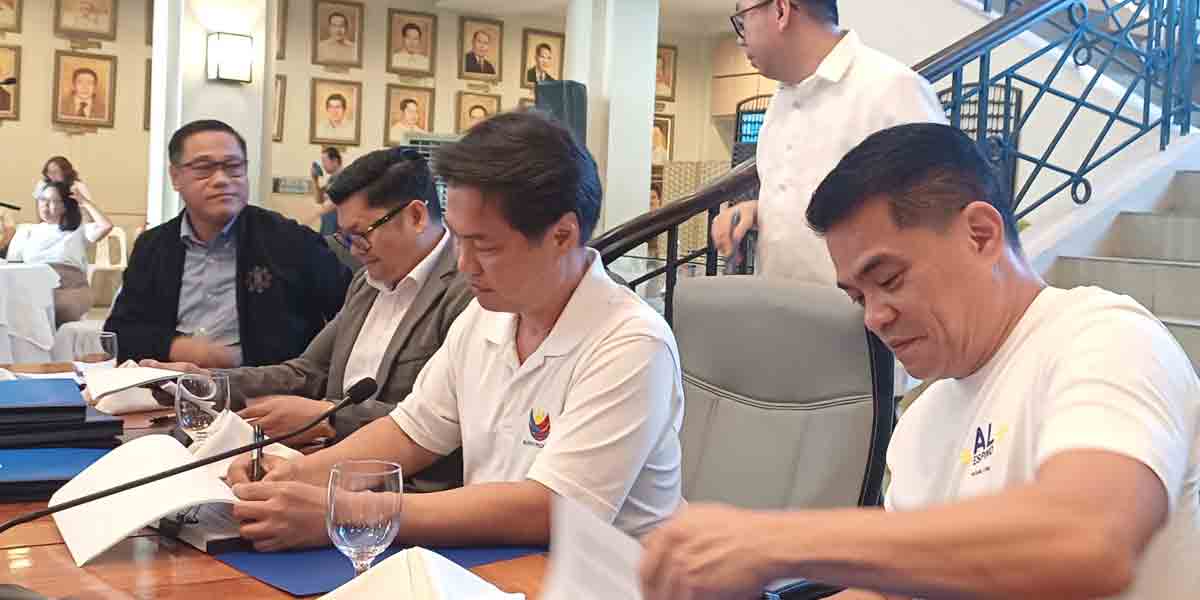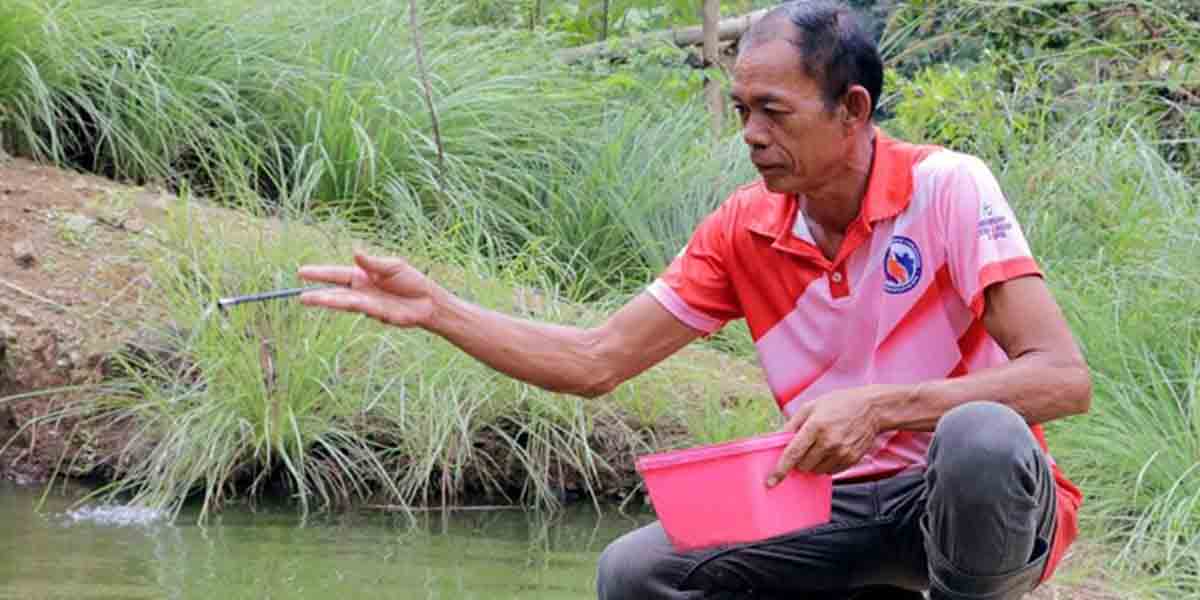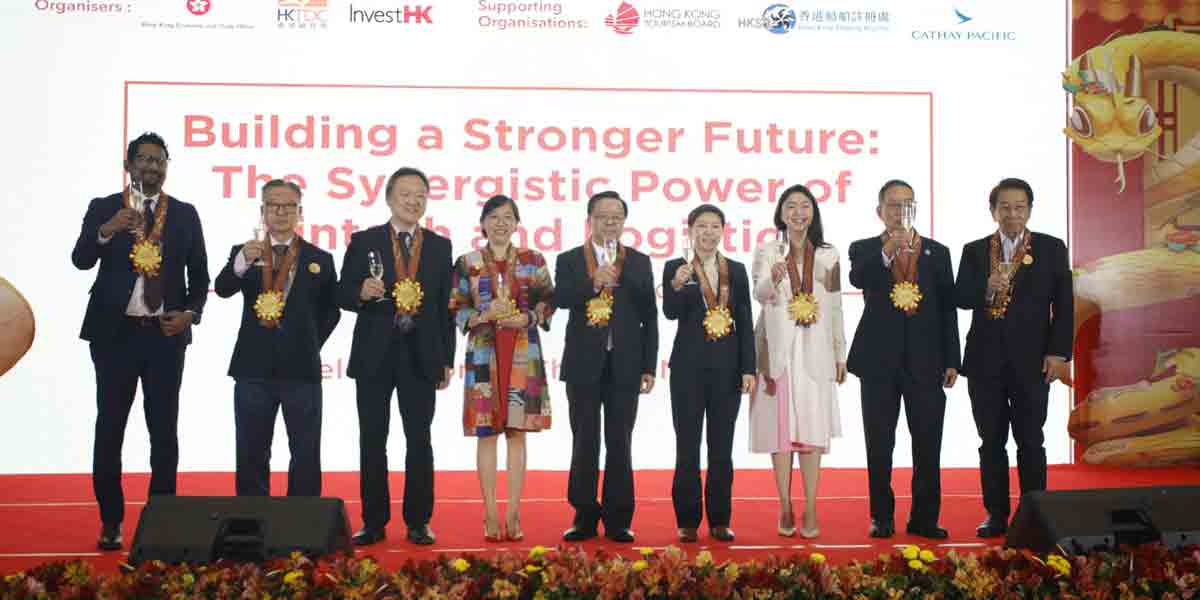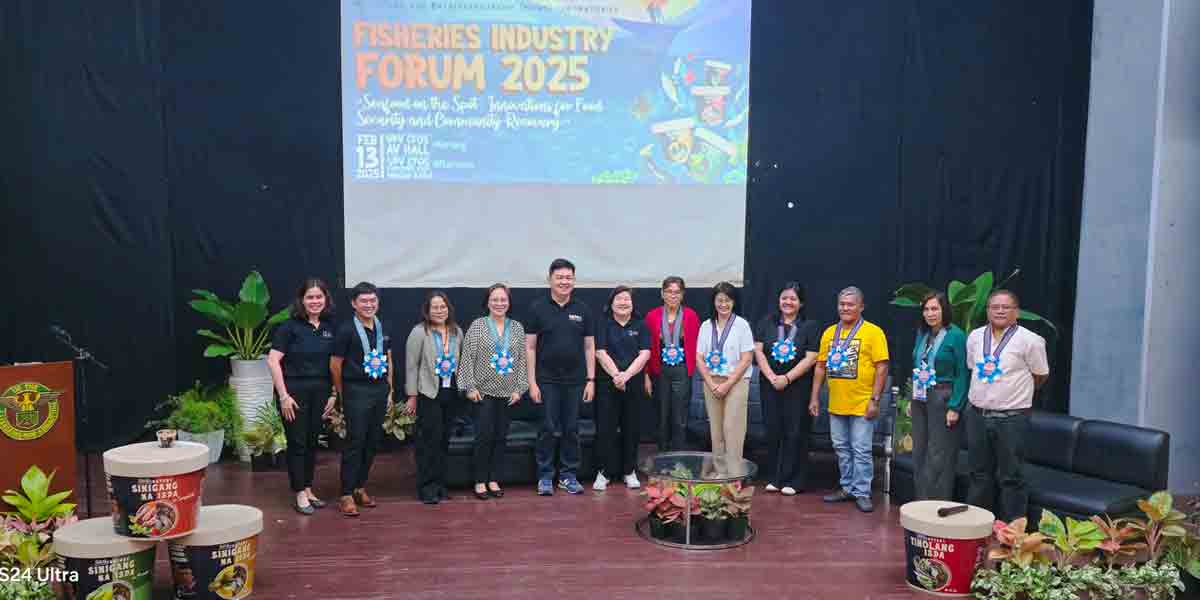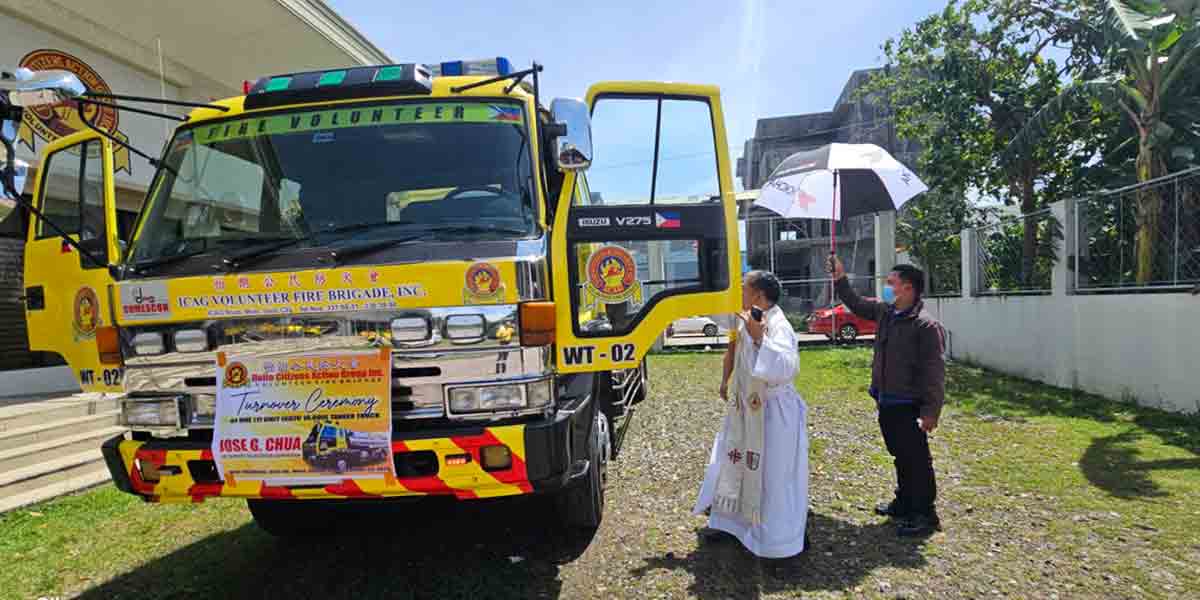
By: Leonard T. Pineda I
“THE past makes us who we are.”
This is a significant realization among the formidable staff of the Philippine Information Agency Regional Office-6 and the five provincial offices in Western Visayas when they had the chance to visit three museums in Iloilo City during their cultural tour held July 26.
It is every year for PIA-6 to conduct the cultural tour not only to converge and renew fellowship but also take part in a meaningful endeavor that will enhance their knowledge on the region’s rich heritage and culture.
This year, the staffs were able to visit the Museum of Philippine Economic History, the Western Visayas Regional Museum of the National Museum, and the Iloilo Museum of Contemporary Art.
The Museum of Philippine Economic History, which is a first of its kind in the country, opened last February.

The structure, which is located at JM Basa St, Iloilo City, was formerly owned by one of the country’s biggest trading firms, the Ynchausti y Compania, of the Ynchausti family.
The firm’s name was synonymous with its products like Yco Floor Wax, and Yco Paints.
With the National Historical Commission of the Philippines that worked at the helm to restore the edifice, the museum boasts hundred decades-old artifacts and items on display, including old Tanduay beer bottles from the Ynchausti clan and molino de sangre, which was a very important tool during the peak of Western Visayas region’s sugar industry.
Likewise, visitors can also find in the museum looms from the oldest weavers of Miagao in Iloilo, which was known then as the Textile Capital of the Philippines.
On one hand, the Western Visayas Regional Museum, located along Bonifacio Drive, used to be the Iloilo provincial jail.

As a regional extension of the National Museum, it can house five galleries showcasing the rich history and culture of Western Visayas.
Last year, it opened a gallery dubbed “Habol Panay: The Woven Artistry Philippine Textiles”, which is a permanent exhibition that displays to the public the threads, textiles, looms and raw materials used in weaving in Panay.
Built in 1911, the century-old facility ceased functioning as a jail in 2006 after the prisoners were transferred to the new provincial jail in the municipality of Pototan.
Meanwhile, the Iloilo Museum of Contemporary Art (ILOMOCA), situated at the Casa Emperador Building of the Iloilo Business Park, is the first museum in the Visayas region dedicated to modern and contemporary art.
It aims to enrich the community life of Iloilo province by way of exhibitions and outreach programs.

For the staff of PIA-6, the tour gave them the opportunity to appreciate the immense contribution of their respective provinces to the region’s history and culture.
“I am so proud of my province, Aklan, which has contributed a lot in terms of raw materials and products in Western Visayas,” said Venus Villanueva, PIA Aklan’s information center manager.
Villanueva said the tour of the museums gave her the sense of pride because her Akeanon ancestors made significant impact in the lives not only of the people in the region but in other parts of the country.
Liez’l Marie Lamasan, information officer from PIA Negros Occidental, said she was inspired by the innovation and ingenuity of the Ilonggos as showcased by the products they have produced back then.
“It is always good to look back and learn the history of the past which makes us who we are at present,” she said.
She also encouraged fellow employees from other government agencies in the region to take the time to visit museums in Western Visayas.
She added that museums are our way of connecting with the past and will serve as a reminder of our distinct identity as Ilonggos. (PIA)

